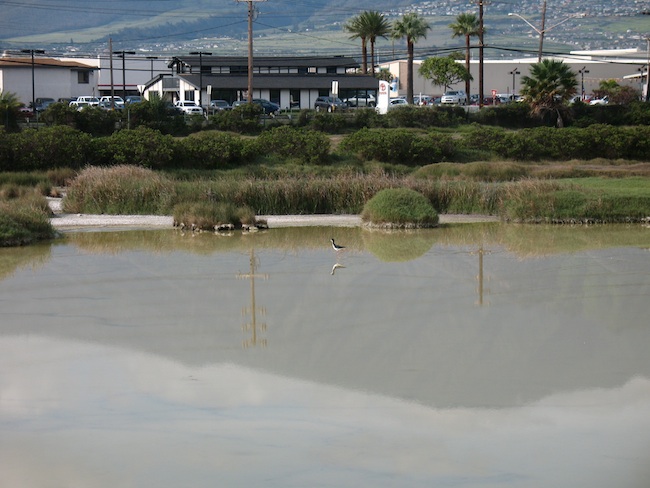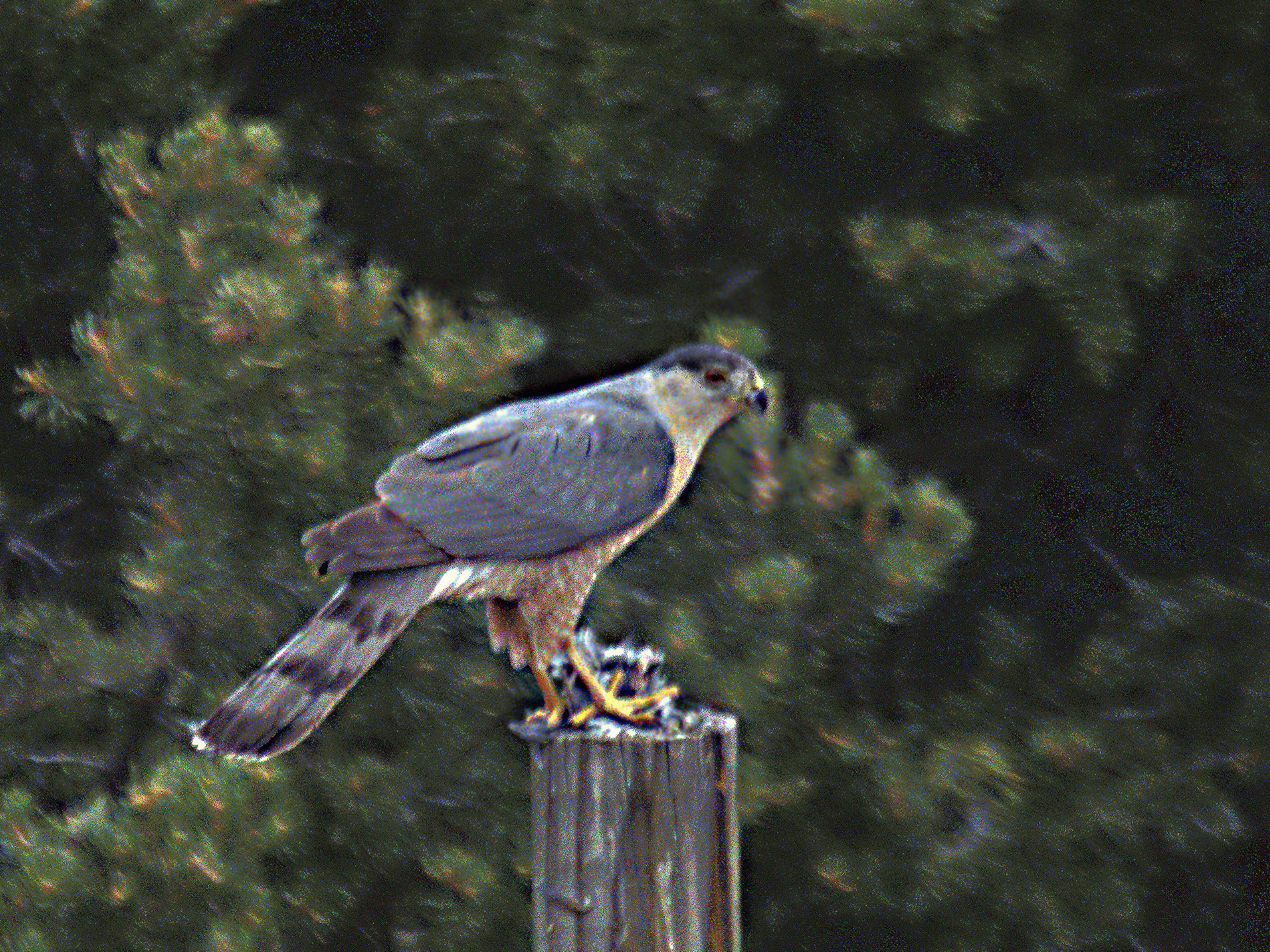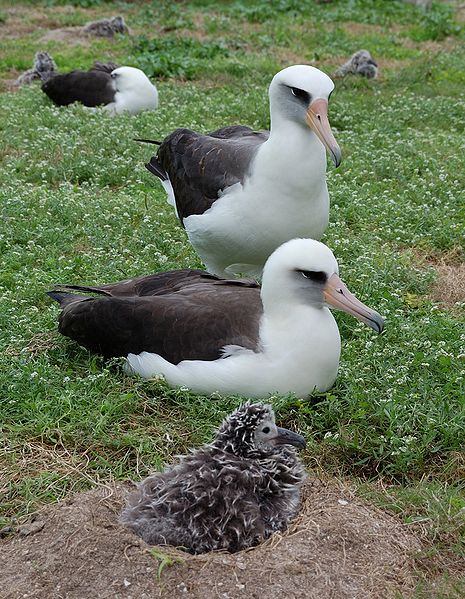This weekend, we did a bit of bike riding and birding at Orlando Wetlands Park. OWP is a water treatment facility that circulates treated wastewater through a series of ponds with natural vegetation to clean it further before releasing it into the St. Johns River. It attracts a lot of wildlife, and is a fairly popular place to walk or bike along the berms. We didn’t see any unusual species this time, but had a nice time getting outside while the weather’s not too hot in Florida.

As we were biking along, we caught some looks at very shiny Glossy Ibises in breeding plumage. This reminded us of an episode last spring, when a White-faced Ibis was reported at OWP on a birding listserv. White-faced Ibises are rarely found in Florida; their typical range in the US is in the western states (and occasionally in Hawaii). I decided to go out and try to find the ibis.

White-faced Ibises are dark-plumaged long-billed wading birds. They’re pretty similar to the typical dark ibis found in Florida, the Glossy Ibis. When the birds aren’t in breeding plumage, you have to tell the species apart by looking at the skin on their face. Glossy Ibises have blue skin and dark eyes; White-faced Ibises have pink skin and red eyes. As you might guess, this means you should really be close to the bird, or have a spotting scope, if you want to identify it.

Of course, when I got out to the park, all the ibises were way, way back in the marsh- completely unidentifiable with just binoculars. That day was hot, and very sunny, meaning there was heat shimmer on the water making everything blurry, and the birds were just not coming any closer. I spent an inordinate amount of time out there trying to see the postage-stamp sized piece of face skin on each and every ibis, but in vain. I’m sure I saw the White-faced Ibis, but could not confirm that I did. I ended up going home a bit disappointed, without being able to add the ibis to my list.
I suggest that are three reasons that birders are considered a bit geeky. First, they have a hobby, about which they can be obsessive. Hobbies are often regarded as geeky among non-hobbyists. Second, they frequently carry a lot of equipment (e.g., binoculars, spotting scope, tape recorder/iPod/etc., bird ID books, notebook, camera with very long lens). Up to a certain point, accessories carry a sort of panache- but past that point, they apparently become geeky. While I personally consider, say, wearing oversized designer sunglasses geeky and non-functional, I recognize that those wearing them probably consider them a status symbol. Similarly, I realize that the designer-sunglasses set probably considers my wide-brimmed hiking hat geeky. To each her own. Anyway. The third reason that birders are considered geeky is their penchant for keeping a list of all the birds they’ve seen.
List-keeping falls under that most obsessive of human behaviors: categorizing and classifying. To some extent, we do this automatically (this fruit is good to eat; that leaf is probably not too tasty). For birders (and scientists, natural historians, stamp collectors, designer shoe aficionados, etc.) the list can become the focus of the hobby. Some birders focus more on adding species to their lists than on observing the behavior or biology of the birds they observe, or walking through the forest in Zen-like contemplation of the world around you.
Now, I’ll be the first one to say that I have no problem with keeping lists. Especially if birders share this information with others- this information can become valuable for understanding what’s happening with bird populations over time. I also consider birding a hobby that has less net negative impact on the environment than the hobby of conspicuous consumption. Even compulsive bird listers get out and interact with nature in ways that help stitch together the natural and human spheres of our experience that sometimes seem to be slipping apart.
As a case in point, I’ll go back to the White-faced Ibis again. While I never did see the one that was hanging out at OWP last spring, I did end up unexpectedly seeing several of them on Maui a few months later. And that was pretty cool- they’re pretty uncommon in the Hawaiian Islands.
More recently, a White-faced Ibis was spotted in Massachusetts. This bird’s story does not end well. The following (somewhat disturbing) video documents one college ornithology class’s field trip to see the ibis, and how a local Peregrine Falcon decided to take the opportunity for a bit of lunch. From the reactions on the video, I think the college students were a bit traumatized by this particular example of the food chain in action. (via Birdchick)





























